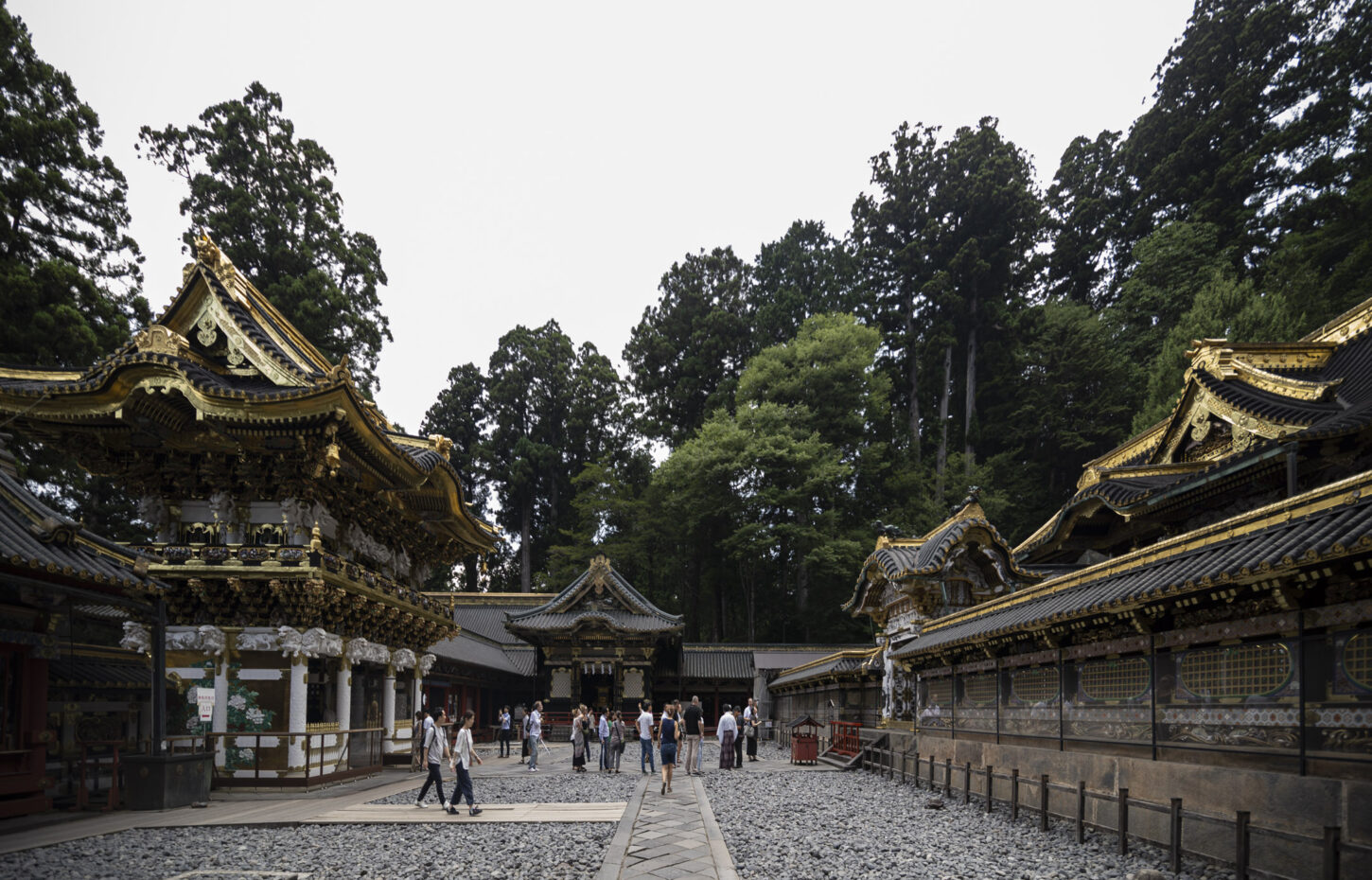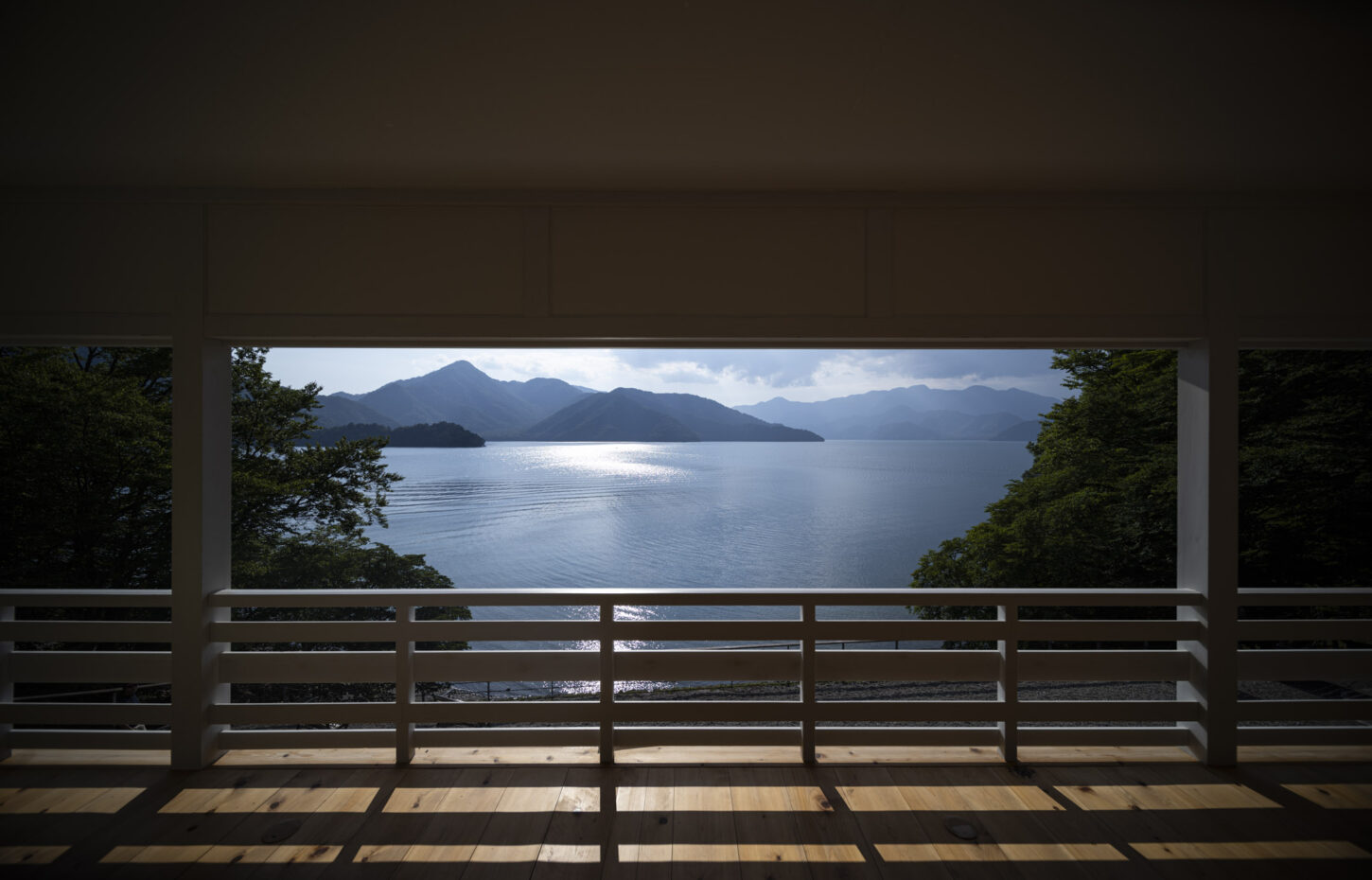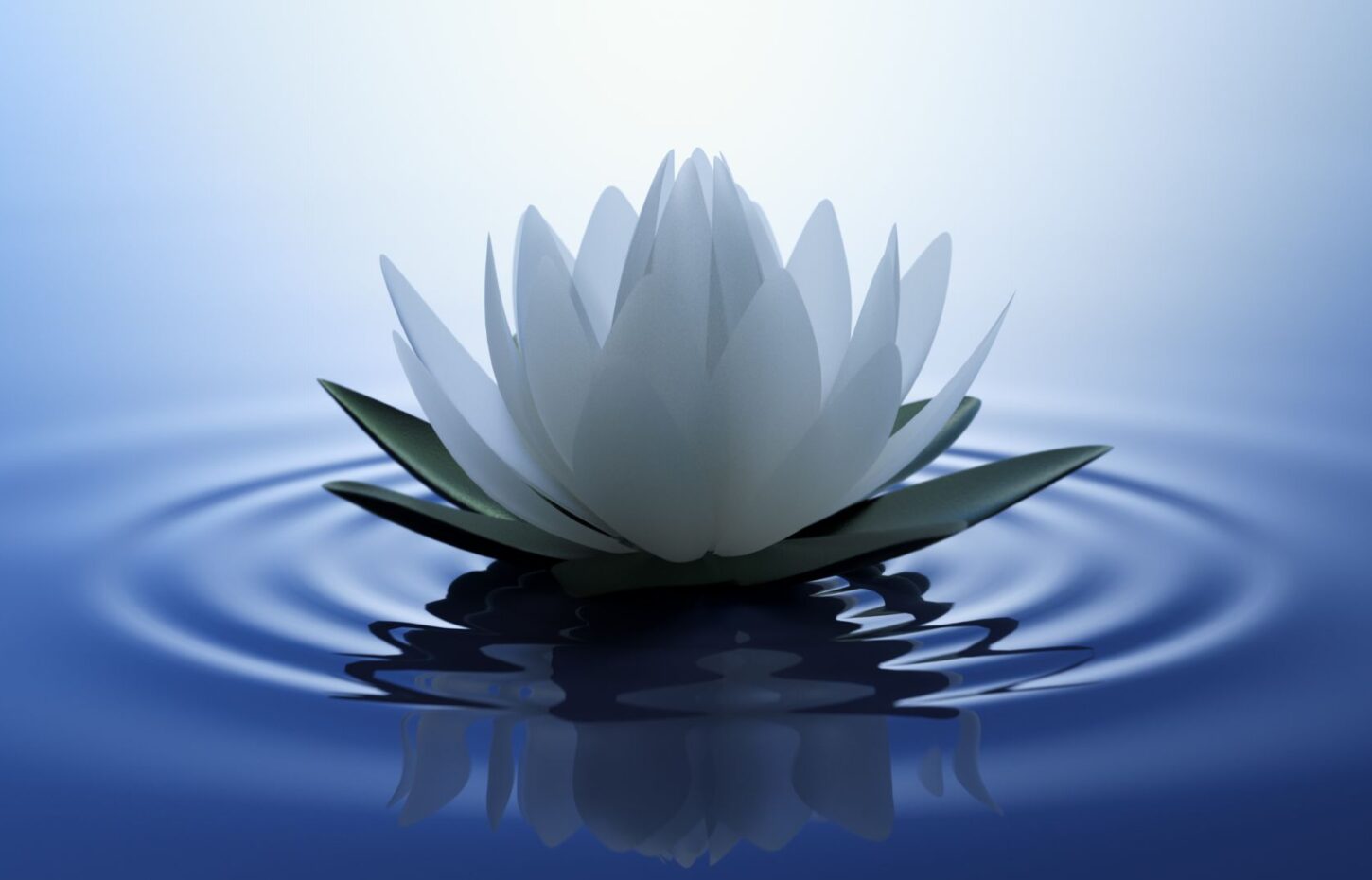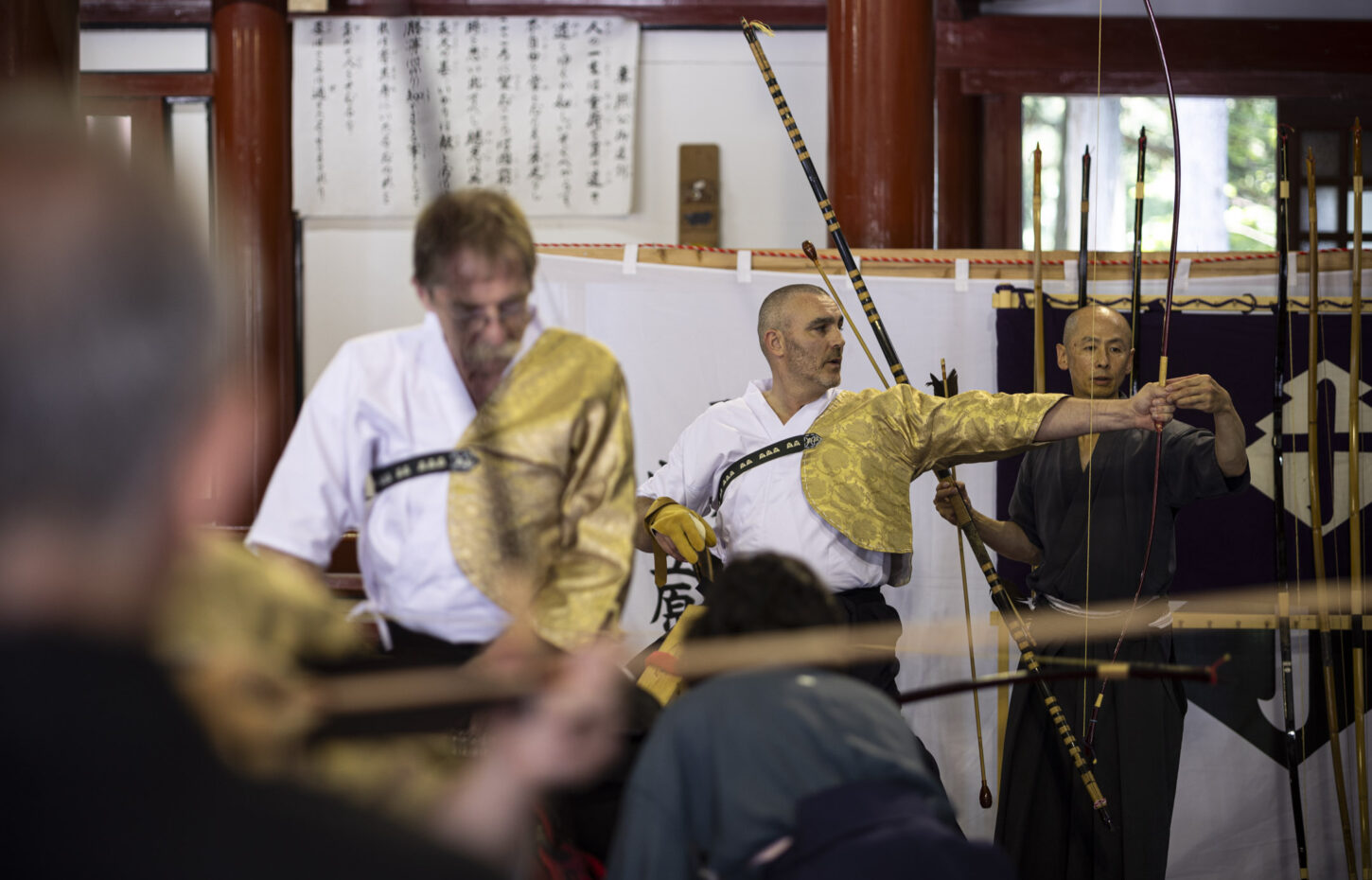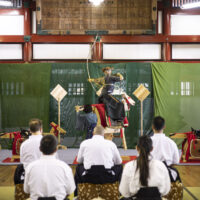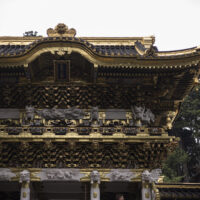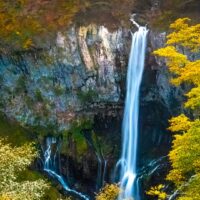Rinnō-ji Temple: A Spiritual Haven in Nikko’s Lush Landscape
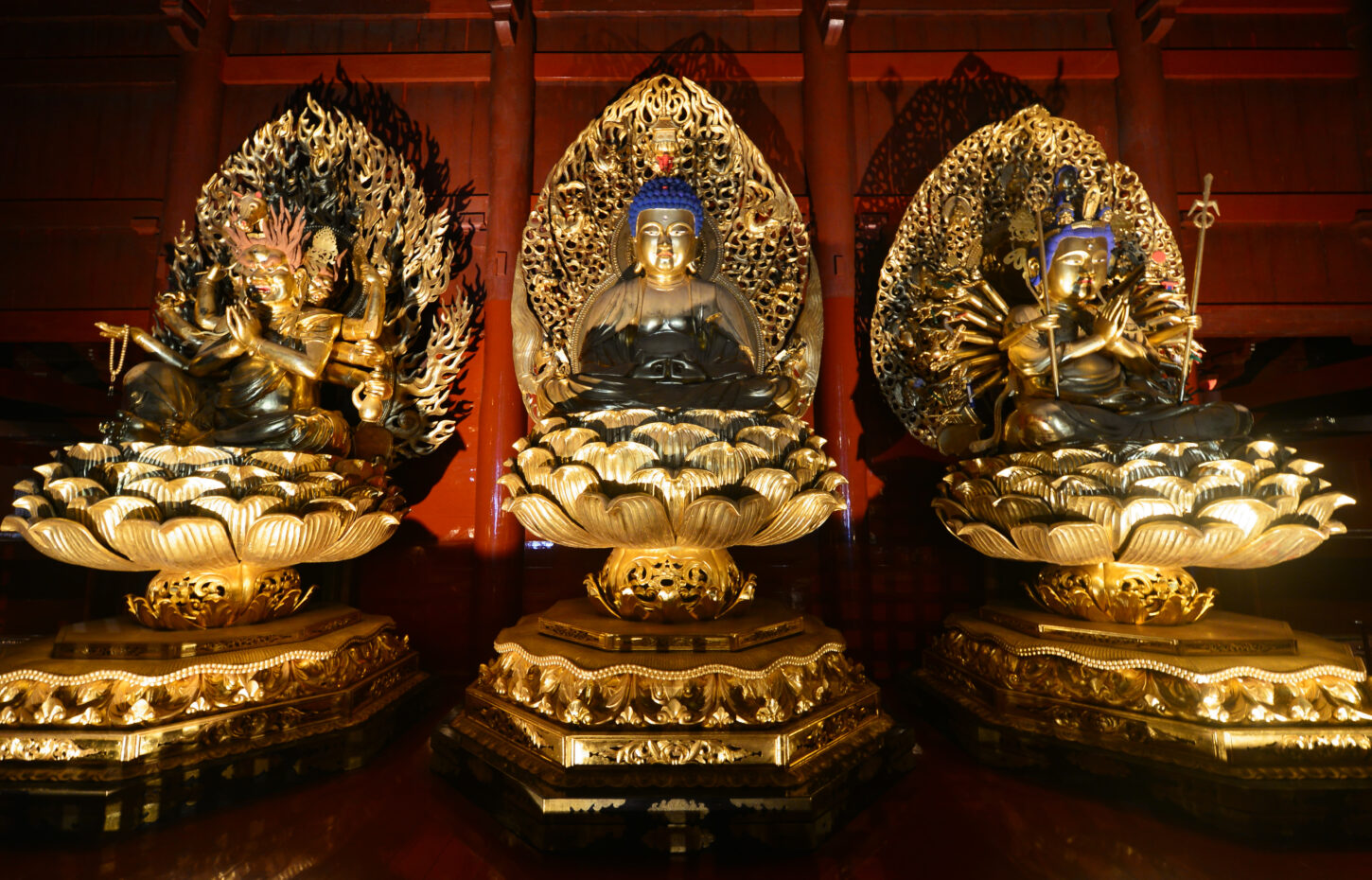
Nikko, Japan, is a town steeped in history, spirituality, and natural beauty. Amidst
the serene landscape of this enchanting region, Rinnō-ji Temple stands as a
testament to the enduring traditions of Japanese Buddhism and the harmony
between man and nature. Coming to Nikko, we will embark on a journey to explore
the historical significance, architectural splendor, and cultural treasures that Rinnō-ji
Temple offers to visitors.
Historical Roots
Rinnō-ji Temple, officially known as Rinno-ji San, has a rich history that dates back
to its founding in 766 by the Buddhist monk Shodo Shonin. Shodo Shonin was
instrumental in introducing Buddhism to the Nikko region, and Rinnō-ji became a
center of spiritual devotion and enlightenment. Over the centuries, it has played a
vital role in shaping the religious and cultural landscape of Nikko.
Spiritual Significance
Rinnō-ji Temple is a prominent example of Japanese Buddhism, particularly the
Tendai sect. The temple is dedicated to three Buddhist deities: Amida Buddha,
Senju-Kannon (the thousand-armed goddess of mercy), and Bato-Kannon (the
horse-headed goddess of compassion). These deities are believed to offer
salvation and protection to all sentient beings, reflecting the Buddhist ideals of
compassion, enlightenment, and liberation from suffering.
Architectural Styling
One of the highlights of Rinnō-ji Temple is its striking architecture. The temple
complex consists of multiple buildings, each with its unique design and cultural
significance. The Sanbutsudo Hall, or Three Buddhas Hall, is particularly
impressive. Inside this hall, visitors can behold the awe-inspiring, gold-leafed
statues of the three deities, which are considered national treasures.
The Shoyoen Garden
Adjacent to Rinnō-ji Temple lies the Shoyoen Garden, a meticulously landscaped
oasis of tranquility. This traditional Japanese garden features a central pond, stone
lanterns, and lush vegetation. It is a place of serene beauty that invites you to stroll,
meditate, and appreciate the harmonious coexistence of man and nature.
Festivals and Rituals
Throughout the year, Rinnō-ji Temple hosts various festivals and rituals that
celebrate the changing seasons and offer opportunities for spiritual reflection. One
of the most exciting events is the annual Rinnō-ji Temple Spring Festival, where
visitors can witness traditional performances, processions, and cultural displays.
Visiting Rinnō-ji Temple
Rinnō-ji Temple is not only a place of worship but also a destination for visitors
seeking to explore the spiritual and cultural heritage of Nikko. The temple’s serene
atmosphere, picturesque surroundings, and cultural treasures make it a must-visit
attraction. It is often included in the itinerary of travelers exploring Nikko’s historic
and natural sites, such as Toshogu Shrine and Lake Chuzenji.
Rinnō-ji Temple is a testament to the enduring spiritual traditions of Japan and the
deep reverence for Buddhism and nature. As you step into its sacred grounds, you
are transported to a place of spiritual contemplation, architectural beauty, and
cultural significance. Rinnō-ji Temple serves as a reminder of the profound
connection between humanity and the spiritual world, offering a timeless and
enriching experience to all who seek solace, wisdom, and inspiration in its hallowed
halls and tranquil gardens.
